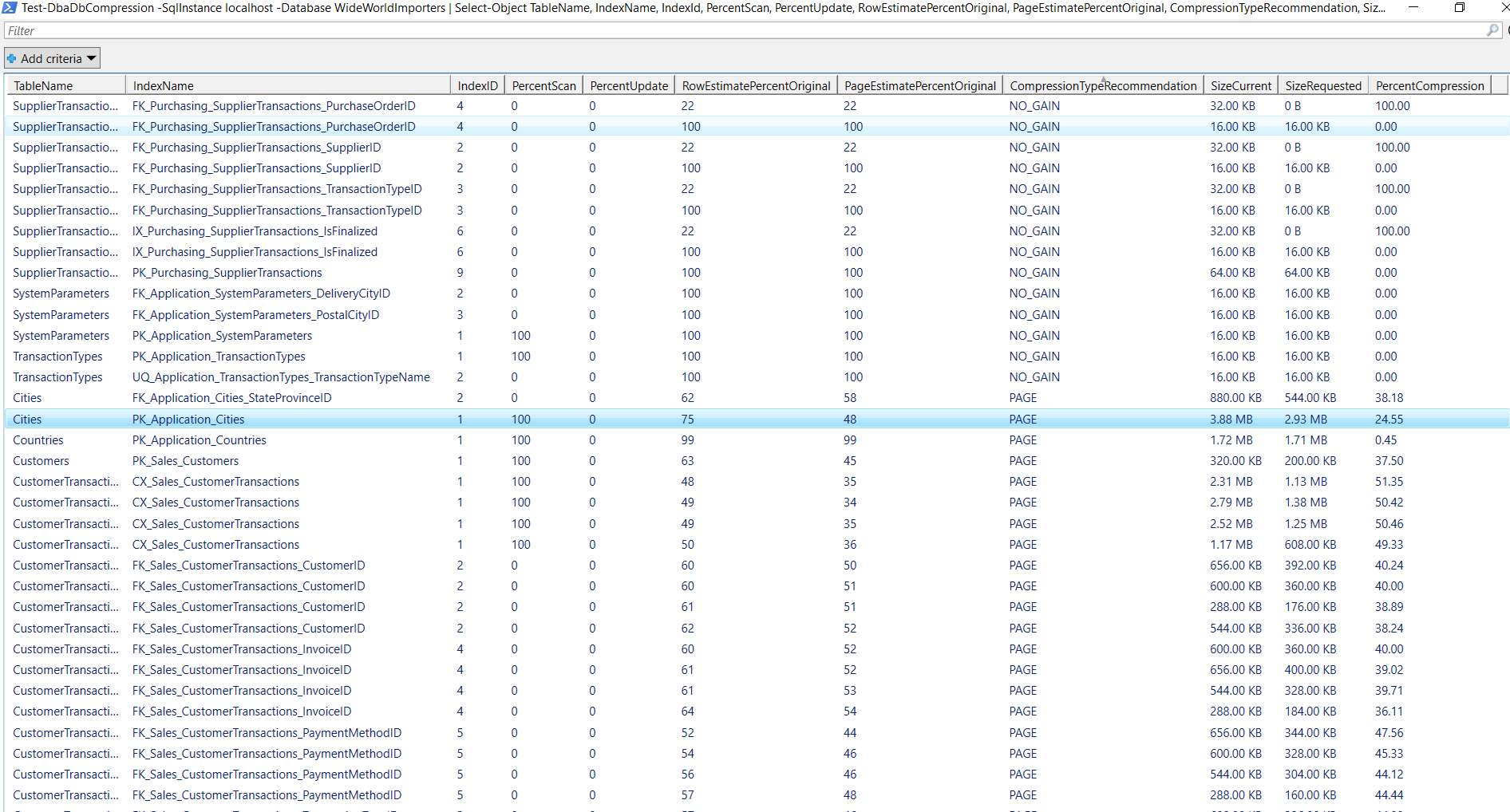Automating SQL RDS With PowerShell
Introduction to AWSPowerShell, for managing SQL Server RDS instances. Learn how to create, restore, take snapshots and start/stop instances for cost optimisation reasons.
Apologies that this video is 16 minutes, I really wanted to keep all of the training videos under 10 minutes but there was so much to say about PowerShell. (And I only scratched the surface).



